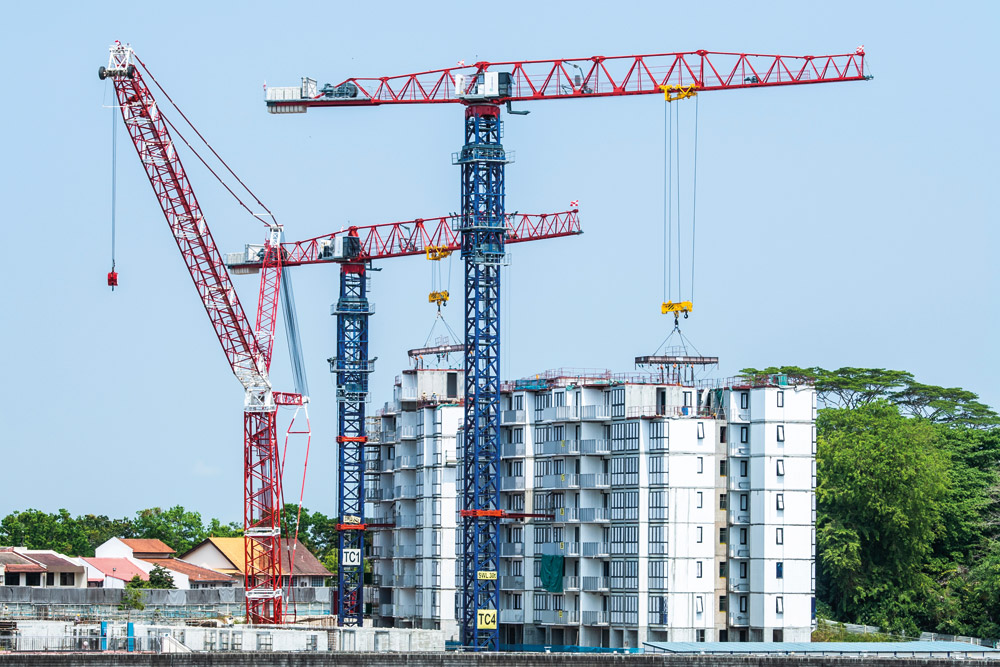Tower Crane Virtual Conference: PPVC
16 March 2021Eleazar Raya, group sales director at Comansa, delivered a presentation on the increasing adoption of Prefabricated Prefinished Volumetric Construction (PPVC).
He said that big cities around the world face more or less the same challenges: skilled labour shortage; fast growth, so a lot of housing and other facilities need to be built in a short period of time; more stringent environmental regulations; pressure to adhere to higher manufacturing standards, component traceability, while keeping the cost under control.
One of the solutions is to use PPVC. Raya said this construction method improves productivity, provides greater control on budget and schedule performance, and reduces the on-site manpower. In addition, the construction sites are greener because there is less waste generated on site and less noisy.
The integration of this kind of construction with the BIM models provides a way for greater control of all building processes, Raya added. “The job site is becoming very smart working place with a lot of information around the construction progress. The crane is becoming the heart of the job site.”
Precast parts can weigh between 6t and 11t, while there are big variations in the PPVC modules according to the size and what is inside, with weights ranging from 12t to 39t.
“You need to find the right machine with the rated capacity at distance so that you ensure that you will have the right solution for your hoisting needs,” said Raya. For example, for the lifting of 25-39t modules, Comansa’s 50t 21CM750, 50t 21LC1050, 50t/66t 21 LC1400 flat tops as well as the 50t/64t LCL700 luffer can be used.
Tower cranes around 1000tm are the most popular, according to Raya. “The crane needs to stay between the 600tm and 1000tm class. Smaller is not enough. There are some projects for bigger cranes (over 1000tm), but customers see there are some constraints in logistics and production of these big modules.”
He added that tower cranes offering different jib lengths and counterjib lengths are more suitable as they can adapt to the jobsites more easily.
Usually a single tower crane per building but this depends on the jobsite’s layout and size of the building. Sometimes cranes will need to work together. “There will be specific pick up points for the blocks arriving by the heavy transport and the placing points will usually be close to each other. In this case the flat top design will give a good solution because it has a better overlapping feature and better fatigue for construction that involves repetitive movements.”
For PPVC applications, cranes sometimes are on site for less than a year, and this can make rental a more favourable option. “More and more jobsites will be willing to rent rather than buying cranes, because of the shorter period of usage time. New business opportunities may happen in various countries depending on the rental company base.”
As to the challenges when renting a crane to a PPVC site, he said: “The main one is to be efficient in the erection, dismantling and usage of the crane because these cranes are used for a short period of time, sometimes ten months. If you use two weeks for erection and two weeks for dismantling, you are losing nearly 10% of the rental period.”
Raya expects PPVC to be used more in Europe in the future but says the modules are likely to be smaller than Singapore, because of constraints in transport and associated costs. “The rate of adoption will depend on the profitability for the construction companies.”
